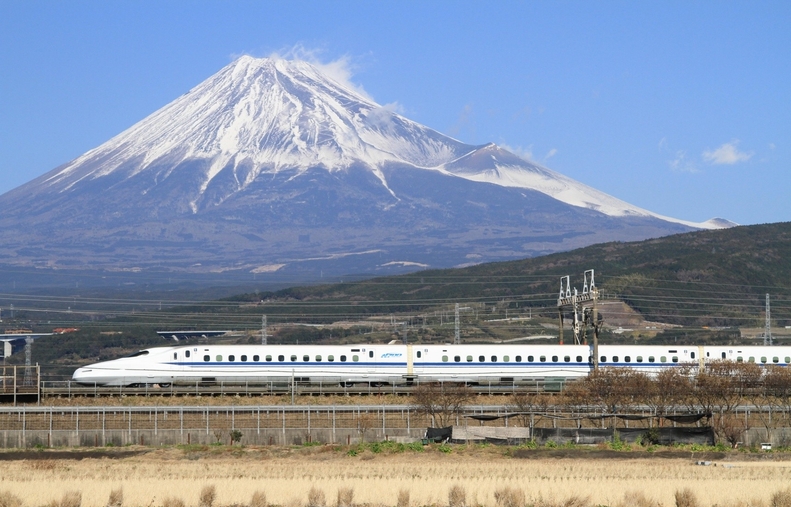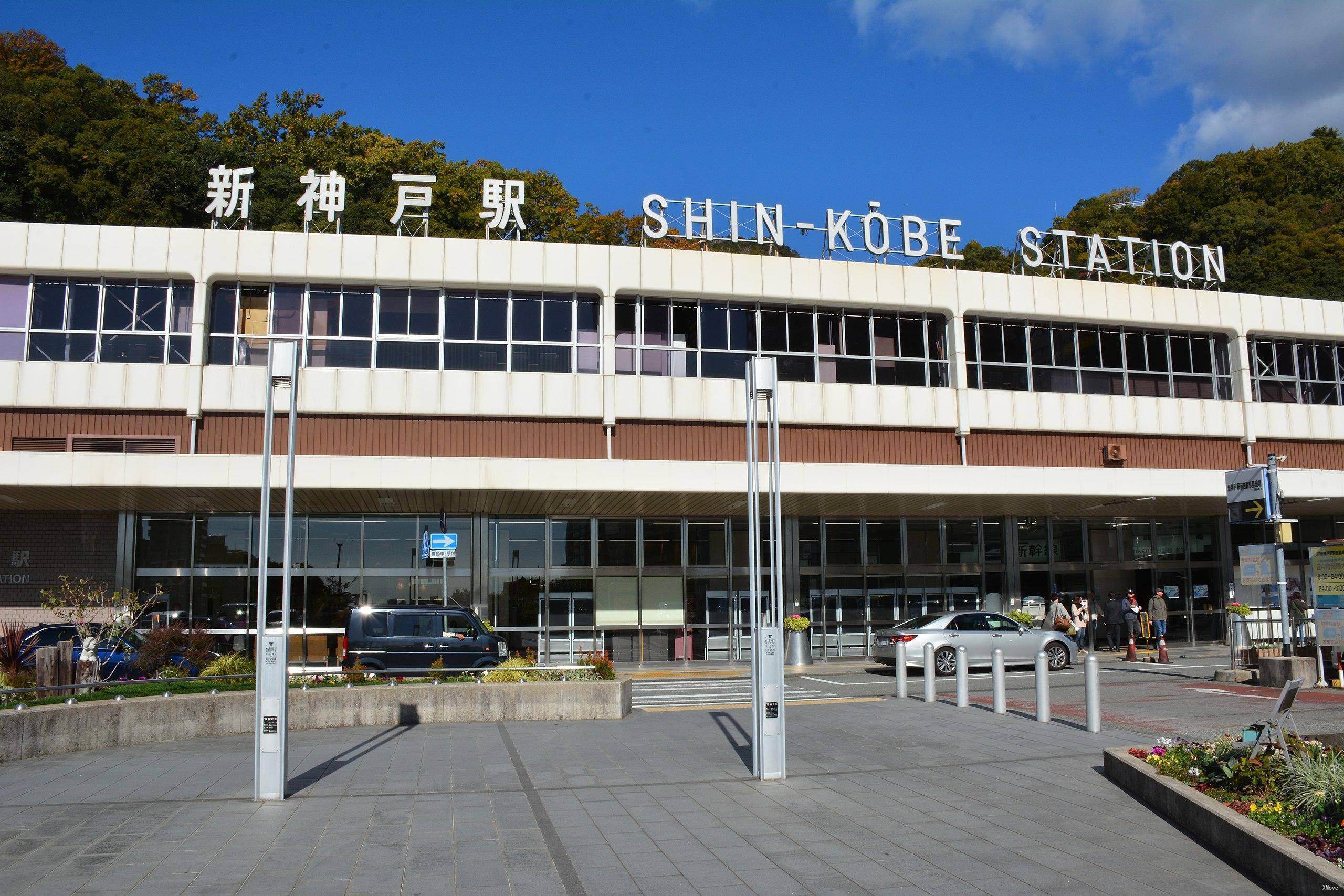Ultimate Guide to Japan Railway

Japan Railway
For an island country like Japan that does not occupy a large area, the railway system is quite developed, and the operating tools connecting major cities basically rely on railways. Japanese railways are known for their punctuality and high safety.
Railway Company
The entire Japan railway line covers the entire territory of Japan like a spider web, and there are many types of railways and operating companies, mainly divided into [JR], [Private Railway], [Subway], and [Streetcars]. Some routes span the whole of Japan, and some only run in certain major cities. Therefore, to ride ...






